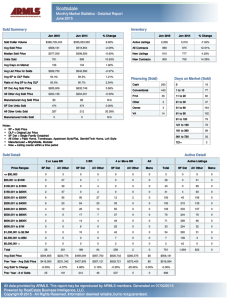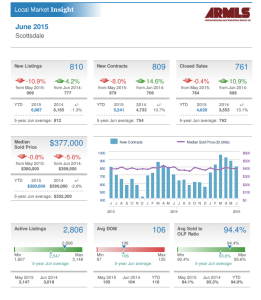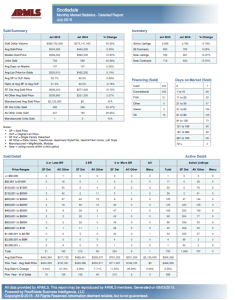
 Considering a purchasing or selling a property in Scottsdale? Call Joe and Linda Szabo – The Scottsdale Real Estate Experts!
We hope that you enjoy reading and analyzing the Scottsdale Luxury Home Report and should you have any questions or comments, please feel free to Contact Joe Szabo at 480.688.2020 or email him directly at [email protected]. You can also visit https://scottsdalerealestateteam.com to find out more about Scottsdale Homes for Sale and Estates for Sale in Scottsdale and to search the Scottsdale MLS for Scottsdale Home Listings.
Please note that this Scottsdale Real Estate Blog is for informational purposes and not intended to take the place of a licensed Scottsdale Real Estate Agent. The Szabo Group offers first class real estate services to clients in the Scottsdale Greater Phoenix Metropolitan Area in the buying and selling of Luxury homes in Arizona. Award winning Realtors and Re/MAX top producers and best real estate agent for Luxury Homes in Scottsdale, The Szabo group delivers experience, knowledge, dedication and proven results.
Considering a purchasing or selling a property in Scottsdale? Call Joe and Linda Szabo – The Scottsdale Real Estate Experts!
We hope that you enjoy reading and analyzing the Scottsdale Luxury Home Report and should you have any questions or comments, please feel free to Contact Joe Szabo at 480.688.2020 or email him directly at [email protected]. You can also visit https://scottsdalerealestateteam.com to find out more about Scottsdale Homes for Sale and Estates for Sale in Scottsdale and to search the Scottsdale MLS for Scottsdale Home Listings.
Please note that this Scottsdale Real Estate Blog is for informational purposes and not intended to take the place of a licensed Scottsdale Real Estate Agent. The Szabo Group offers first class real estate services to clients in the Scottsdale Greater Phoenix Metropolitan Area in the buying and selling of Luxury homes in Arizona. Award winning Realtors and Re/MAX top producers and best real estate agent for Luxury Homes in Scottsdale, The Szabo group delivers experience, knowledge, dedication and proven results.


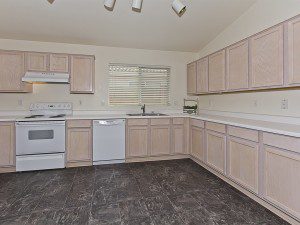
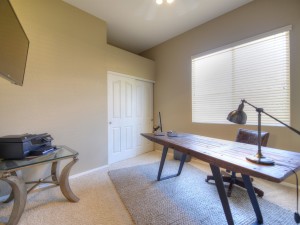
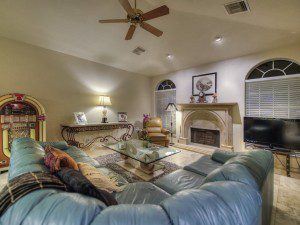

 cleaned and stored. Check hoses for cracks, holes or other faults, store propane tanks away from your home if you have a gas grill, don’t cover or put away your grill until it has cooled, rinse charcoal with cool water before disposing of it, and keep a fire extinguisher nearby. Don’t grill in an enclosed area.
While grownups man the grill, kids may choose to jump around on the trampoline. Nearly 105,000 children visited emergency rooms last year for injuries caused by trampolines, according to the Consumer Product Safety Commission.
To prevent injuries, don’t take shortcuts when assembling the trampoline. Furthermore, pad the bars, springs and the surrounding areas, and get the trampoline as close to ground level as possible to reduce potential impact if a jumper falls.
Always supervise trampoline use, and let your insurance provider know about this type of addition to your home. You need a fence around it for the same reason you need one around a swimming pool on your property.
cleaned and stored. Check hoses for cracks, holes or other faults, store propane tanks away from your home if you have a gas grill, don’t cover or put away your grill until it has cooled, rinse charcoal with cool water before disposing of it, and keep a fire extinguisher nearby. Don’t grill in an enclosed area.
While grownups man the grill, kids may choose to jump around on the trampoline. Nearly 105,000 children visited emergency rooms last year for injuries caused by trampolines, according to the Consumer Product Safety Commission.
To prevent injuries, don’t take shortcuts when assembling the trampoline. Furthermore, pad the bars, springs and the surrounding areas, and get the trampoline as close to ground level as possible to reduce potential impact if a jumper falls.
Always supervise trampoline use, and let your insurance provider know about this type of addition to your home. You need a fence around it for the same reason you need one around a swimming pool on your property.
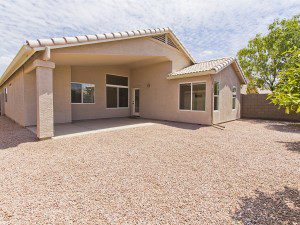
 For the most part, open houses are just that — open. They make it possible for anyone to see a property in a certain time period, without an appointment or even being a very serious buyer.
New buyers should leverage the open house opportunity to get a feel for the market. In today’s world, using online search tools, mobile apps and the open house, a buyer can start to get a feel for pricing and the market before committing to an agent. Most importantly, open houses are some of the best ways for buyer and agent relationships to start.
For the most part, open houses are just that — open. They make it possible for anyone to see a property in a certain time period, without an appointment or even being a very serious buyer.
New buyers should leverage the open house opportunity to get a feel for the market. In today’s world, using online search tools, mobile apps and the open house, a buyer can start to get a feel for pricing and the market before committing to an agent. Most importantly, open houses are some of the best ways for buyer and agent relationships to start.
